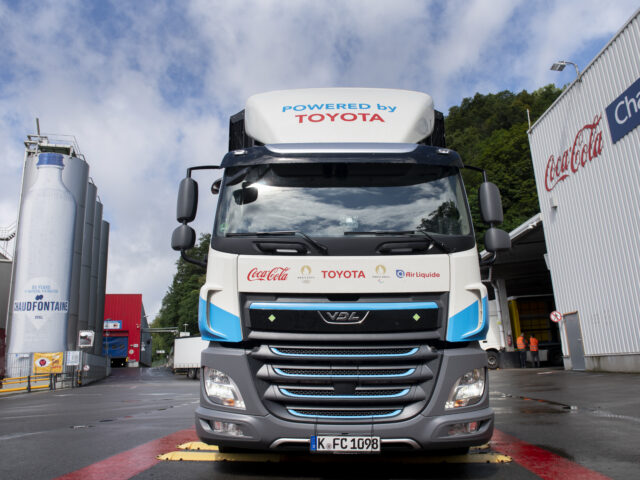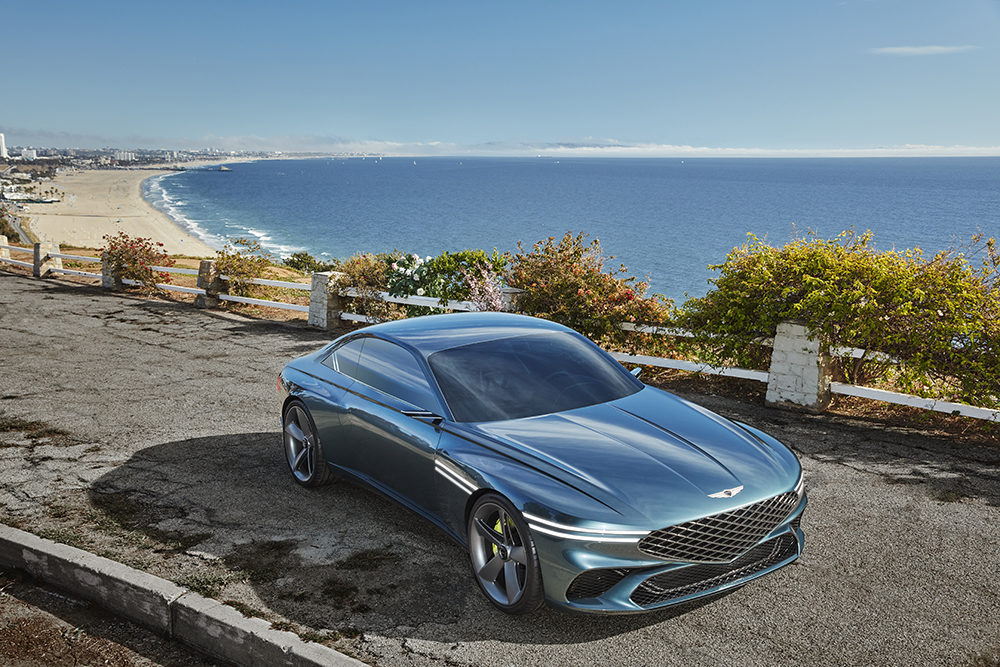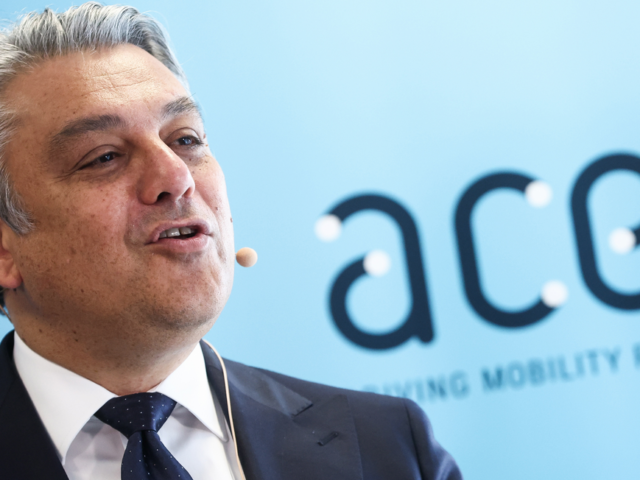
Hyundai’s Californian dream: Genesis Concept X

Elegant and ecological, the Genesis Concept X is more a statement of intent than a prelude for a production model /Hyundai
Covid-19 can slow down the car industry, but it can’t stop the show cars. At the rooftop of a private building in Los Angeles – and, of


Comments
Ready to join the conversation?
You must be an active subscriber to leave a comment.
Subscribe Today